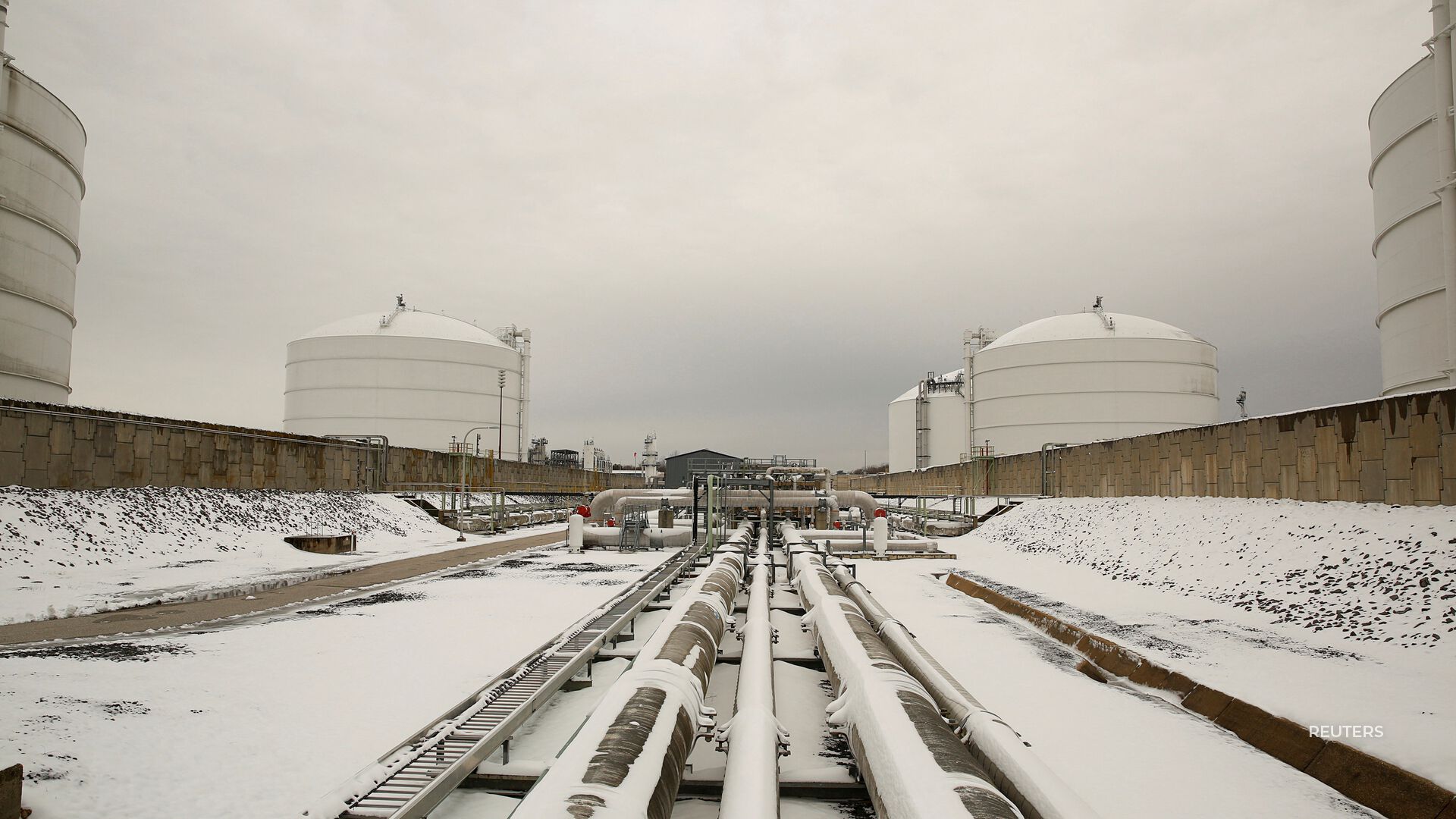
THE MAYOR OF EL PASO’S TIME, ENERGY, AND CITY FINANCES HAVE LARGELY GONE TOWARD THE TENS OF THOUSANDS OF MIGRANTS ENTERING HIS CITY SEEKING SHELTER.
AND WHILE THE FEDERAL GOVERNMENT IS SENDING IN RESOURCES…
THE MAYOR REPORTEDLY SAID THE WHITE HOUSE IS WORKING TO KEEP IT QUIET.
THE NEW YORK POST IS REPORTING THE MAYOR AND WHITE HOUSE OFFICIALS HAD A PRIVATE PHONE CONVERSATION…AND IN IT…THEY ALLEGEDLY TOLD THE MAYOR NOT TO DECLARE A STATE OF EMERGENCY OVER THE MIGRANT INFLUX.
CITY COUNCIL MEMBERS CONCLUDING THE BIDEN ADMINISTRATION DIDN’T WANT A STATE OF EMERGENCY DECLARED OVER THE FEAR OF BAD OPTICS.
BUT BAD OPTICS ARE HAPPENING WHETHER IT’S DECLARED AN EMERGENCY OR NOT.
EL PASO HAS SEEN 62 THOUSAND MIGRANTS ENTER THEIR CITY LIMITS IN A SIX-MONTH SPAN.
10 THOUSAND BEING RELOCATED TO NEW YORK BY BUS.
OTHERS MAXING OUT CAPACITY IN SHELTERS AND SOME HOTELS IN EL PASO.
THE DIFFERENCE-MAKER IN CALLING SOMETHING A STATE OF EMERGENCY OR NOT…COMES DOWN TO MONEY.
WHILE THE FEDERAL GOVERNMENT HAS REIMBURSED TWO MILLION DOLLARS TO THE CITY…IT COVERS JUST A FRACTION OF EL PASO’S 8 MILLION SPENT SO FAR.
OTHER CITY OFFICIALS CLAIMING IF THE MAYOR WOULD’VE DECLARED THE EMERGENCY MONTHS AGO…MORE FUNDING COULD’VE LENT ITSELF TO BETTER SUSTAIN AN ALREADY-FRAGILE SYSTEM IN PLACE.










